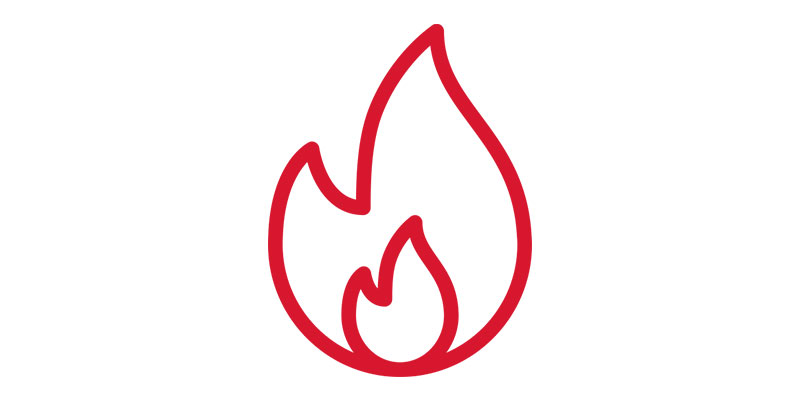It’s a must for all Sydney business. It’s not only an essential legal requirement but an opportunity to keep the property, employees and customers secure. Many of the hazards that arise from an incident can be mitigated or diminished by the proper precautions. Inspections for fires, regular testing and tagging of electrical systems, and complying with CFSP regulations all contribute to create a safer workplace and ensure businesses remain compliant with the local government as well as Building Code of Australia (BCA) standards.
What is the reason for fire Inspections are the basis of Safety
Fire inspections are the primary defense against possible hazards. They ensure that all parts of the fire protection system are in good working order and up-to-date. The majority of businesses are located in Sydney have to conduct inspections six or twelve times every year, depending on the building’s type and the council regulations. Inspections typically cover everything from fire alarm panels to sprinkler systems to smoke alarms, hydrants, extinguishers and emergency lighting.

The ability to detect concealed issues and address problems before they become dangerous is what makes inspections so crucial. It may not seem important that a slight issue in a fire hydrant or a smoke alarm that is not working, could result in fatality in the event of an emergency. Regular inspections of fire hazards are a proactive way for business owners to not only ensure they meet the requirements of their compliance and protect themselves from unforeseen disasters.
Test and Tag Testing and Tag
Electrical systems are among the most common cause of workplace fires, that’s why testing and tagging is a must be a part of any fire safety program. This procedure involves checking the electrical equipment to ensure that it is safe, functional, and compliant, followed by attaching a visible tag that indicates the item has passed inspection. This is not an essential requirement for a lot of businesses. It’s an effective way of protecting against the hidden dangers.
If not checked, old wiring, defective appliances, or worn out cables can be fire hazards. Through regular testing and tagging, businesses reduce the risk of electrical malfunctions leading to a fire outbreak. This builds trust and confidence among employees by reassuring them that their work environment is secure. When combined with tests, fire inspections and tagging can provide a comprehensive security plan to reduce risk on multiple fronts.
The function of CFSP to ensure compliance and Certification
In New South Wales, only an Competent Fire Safety Practitioner (CFSP) is able to certify and sign important documents for fire safety, like Annual Fire Safety Statements. The CFSP certification guarantees that only certified professionals are able to review and verify the safety measures for fire. A partnership with the CFSP ensures that inspection reports aren’t just paperwork but dependable evaluations conducted by experts.
The role of a CFSP extends far beyond ticking boxes. They evaluate the condition and performance of the fire protection system, present complete reports and prove that they are in compliance with the regulations. Firms that do not possess CFSP certification are at risk of being punished, if they are found guilty of a crime or even being shut down when they are deemed to be insufficient with fire protection. By partnering with professionals accredited in fire safety, you’ll be able to ensure that your equipment is kept in good order. Additionally, you will be able meet your compliance obligations without any unnecessary anxiety.
Fire Safety is a Continuous Involvement
Each business owner has a responsibility to ensure that fire safety is a top priority. The process of ensuring safety will never end with regular inspections, testing of electrical systems constantly, and getting certification under CFSP supervision. Beyond legal compliance and ongoing monitoring, this approach helps to create the culture of safety in the workplace. Employees are more comfortable when they know that evacuation procedures, smoke alarms emergency lighting, as well as a fire suppression system are all in place.
Safety in the workplace is a continual process, not a checkbox that businesses must tick every year. This decreases risks and strengthens the reputation of a business. When safety is the top priority customers and clients feel safer. In the long term, investing in preemptively to prevent fires saves cost by preventing costly damage, fines and legal fights.
Conclusion
Sydney’s fire safety program is a multi-layered process that involves inspections tests, tagging, and testing as well as an official certification by a CFSP. Each of these elements is crucial to making sure that businesses comply with the regulations and, more crucially, that both property and people are secured. Businesses that make safety a priority in their operations and not just a secondary note will meet their legal obligations as well as ensure a stable and safe environment.
